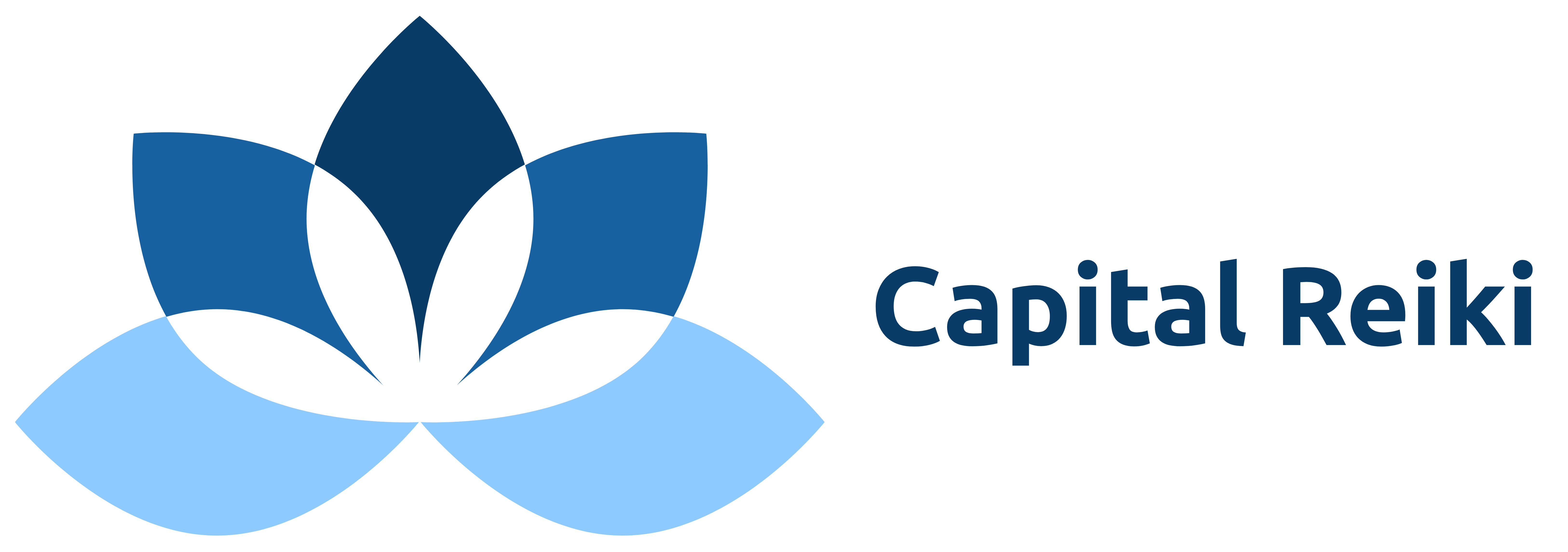Content by Lindsay Calvert via healthnews
Reiki is a Japanese-based energy healing technique that originated in the early 1900s and was codified by Mikao Usui. It is performed by the practitioner laying the hands on the body in certain positions or hovering them just above the body.
The receiver of Reiki is fully clothed, and there is no physical pressure like in a massage (although it can be used in conjunction with a massage). While there are other, newer Reiki techniques that have developed in the modern world, the most common form practiced is Usui Reiki.
Energy healing using the hands or other methods is as old as humankind itself, but Reiki has become one of the most popular today. The word Reiki translated from Japanese, means “universal life force energy”.
Other cultures have different words for the same thing; i.e., in India, it is prana, and in China, it is chi. The practitioner of Reiki simply becomes a conduit for the life force energy to flow through. It is estimated that there are over 4 million Reiki practitioners worldwide.
How Reiki is performed
- First, the Reiki practitioner can use the Reiki symbols and mantras to cleanse and protect the space they are working in before the client arrives.
- When the client arrives, they lay on the massage-like table fully clothed, or in informal settings, it may be on the floor or even seated. The practitioner must ask if there is any reason they are seeking specific healing (for example, for pain relief, stress relief, etc.)
- The Reiki practitioner must know the receiver’s first name and silently ask for permission to practice Reiki from previous Reiki masters, spiritual guides, or guardian angels. If the answer is yes, they may proceed; if the answer is no, then the session must be stopped.
- The Reiki practitioner can draw the symbols on their hands or silently recite the mantras to activate the Reiki energy both before and during the session. First, they must open the aura to receive the energy healing. Then, they will cater the hand positions and mantras/symbols to whatever the client’s needs are for the session.
- During a 1-hour session, there will be more time, so hand positions may be held for longer and can include the front and back sides of the body. If the session is shorter, say for only 30 minutes, it may only include one side of the body as needed.
- The receiver simply lays there with their eyes closed in a relaxing state, but if any talking, laughing, or crying needs to happen, it is a safe space to do so.
- After the session is complete, the practitioner will close the aura, sealing the Reiki energy within the client’s body and thanking the Reiki masters, spirit guides, and guardian angels for their assistance. During a Reiki session, nothing is taken out of the client’s energy body, only energy is given.
The benefits of Reiki
Reiki is a completely safe technique that promotes relaxation and can reduce stress and anxiety to support physical, mental, emotional, and spiritual healing. It may help to develop a meditative state and for some to connect to their subtle energy body for the first time.
It can help boost the immune system due to its relaxing nature stimulating the parasympathetic nervous system, which is the rest and digestion system. After a session, one may feel peaceful, serene, and secure and have a sense of overall well-being.
However, Reiki is not a substitute for Western medicine. It can be used as a complementary therapy for those who may be going through cancer treatment or have PTSD or post-partum depression, and other serious conditions.
During a session, the receiver may feel heat or tingling sessions, coolness over certain areas, or even colors in their mind’s eye. They may also feel nothing at all or may even fall asleep, which is okay. The Reiki energy is still working and will continue to impact them for days to come. It is recommended to stay hydrated after a session.
Reiki is a powerful energy healing technique that is practiced by millions worldwide to create feelings of peace and well-being for the physical and emotional body. It can serve as preventative medicine if one is in good health, and both receivers and practitioners alike will benefit from regular sessions to connect and feel the universal life force energy that is inside of us and all around us at all times.
